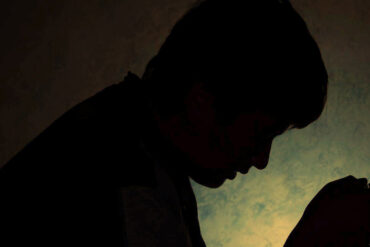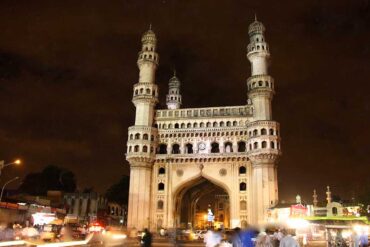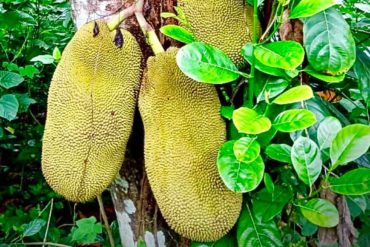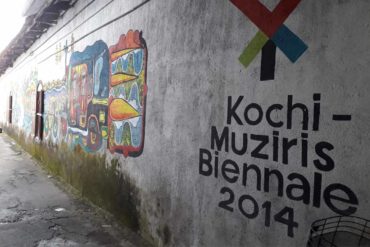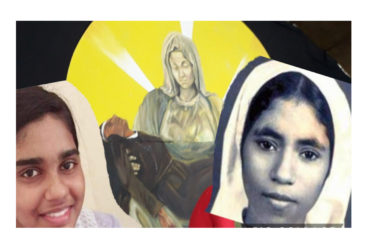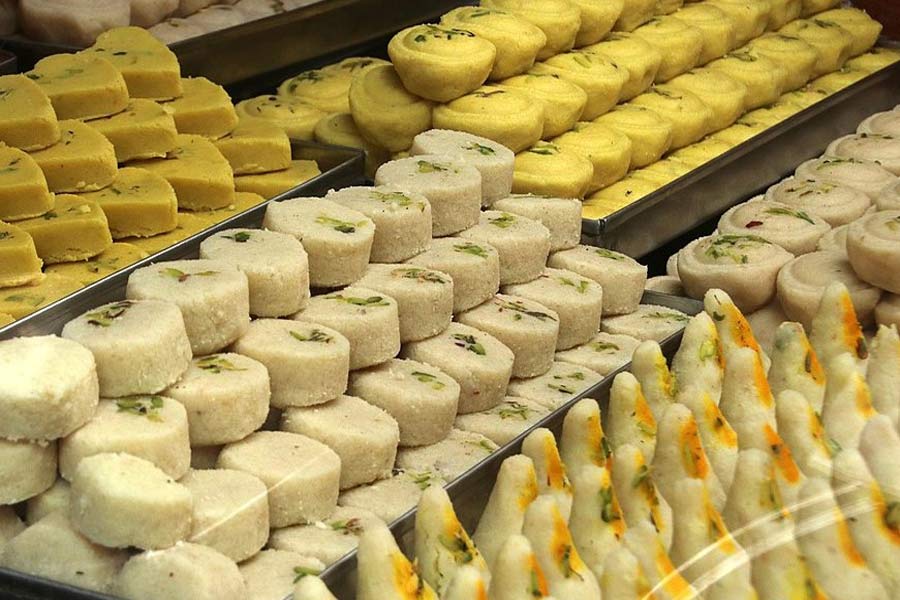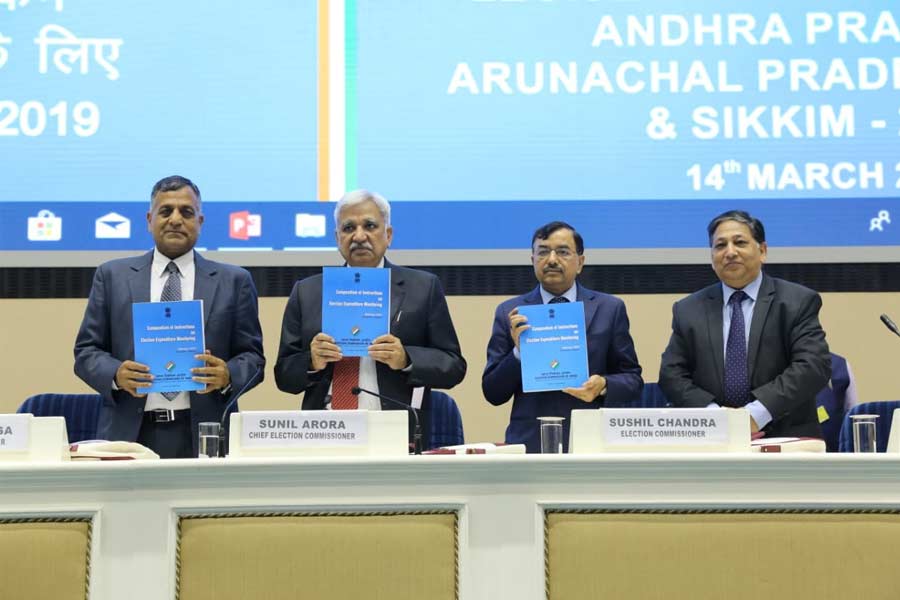Standing with folded palms in front of the goddess, with the temple bells resounding in the background, brings back pleasant memories of my childhood. Navratri always does that to me. As a young girl, I was accorded special importance during the festival like all the other little girls of a certain age.
The end of the fifteen-day period of ‘shradha’, when Hindus perform pujas in memory of their ancestors and deceased relatives, heralds the start of the festival of Navratri. Navratri, the nine-day festival celebrated in veneration of Goddess Durga, is marked with fasting and feasting. Celebrated with great fervour among North Indians, it has even become popular down South. In Tamil Nadu, it is celebrated as the doll festival (navratri kolu), where they decorate their temple with small idols of gods and goddesses on flower-bedecked wooden steps.
On the sixth day of navratri (shashti), beautifully-made idols of Goddess Durga would be installed at various pandals. Right until Dussehra, the festivities continue. Late evenings, I was always overwhelmed by the fragrance of rose petals and raat ki raani at various puja venues. Drummers worked up a religious fervour, devotees danced in frenzy, vermilion smeared on their foreheads. Women dressed in colourful lehengas and men wearing turbans, dhotis and angarkhas performed the dandiya gracefully to melodious music.
After seven days of fasting, when devotees did not eat any rice or wheat flour except ‘phalahaar’ (fruits and other saatwik food), they broke their fast on Ashtami, the eighth day. On this day they observed ‘kanjak puja’, in which little girls, who had not yet attained puberty, were worshipped. They are referred to as ‘kanjaks’ or ‘kanyas’. They were considered akin to the Goddess Durga herself. Prasad of chana, puri and halwa was prepared and first given to the little girls.
While there was lots of good food and sweets to be partaken of during navratri, the general air of festivity was infectious. One could not but help being affected by it.
As Goddess Durga is most often adorned in red attire, women and girls usually wear red or pink during Navratri. The evenings would see us visiting the neighbourhood temple, immaculately turned out, talking in whispers lest we were scolded by the temple priests. Bedecked in finery and lovely necklaces and bangles, we would visit several houses, where we were invited for puja. The neighbourhood aunties would give us prasad and some money. In those days, getting a rupee or two was a big deal. We would happily count how much money we had collected at the end of the day. With that in hand we would make our way to the Navratri melas.
Navratri melas popped up in every neighbourhood, and we would visit them excitedly browsing through the wares at the stalls that sparkled with shiny trinkets, coloured bangles, saris and dresses. Idols of gods and goddesses, made of plaster of Paris, used to also be on display. One marveled at the perfection with which the artists had carved out the features on the faces of the idols. Then there were the food stalls: Sizzling pakodas, bhelpuri, aloo puri and sweets which did brisk business.
Even while fasting, when I ate the vrat snacks it was like a feast—for they were so delicious. Come navratri, and the grocer’s list expands to include potato wafers, til laddoo, sabudana (sago), sabudana papad, saunkhiya chawal and kuttu atta. Now who wouldn’t like to munch on potato crispies?
I remember with nostalgia the delicious aroma of chana, puri, halwa and aloo sabzi wafting out of mom’s kitchen. People who fast during navratri have fruit, dry fruits, curd, milk and snacks made of potato, sabudana and kuttu atta.
I remember once, how during my fasting I absolutely gorged on potatoes in all forms: boiled potatoes, finger chips, potato chaat and what not…. In fact, my overeating, much to the consternation of my father, was almost sinful. My mother always indulged us by making yummy sabudana khichdi. Even now, I marvel at the way she would magically turn simple ingredients into a delicious meal.
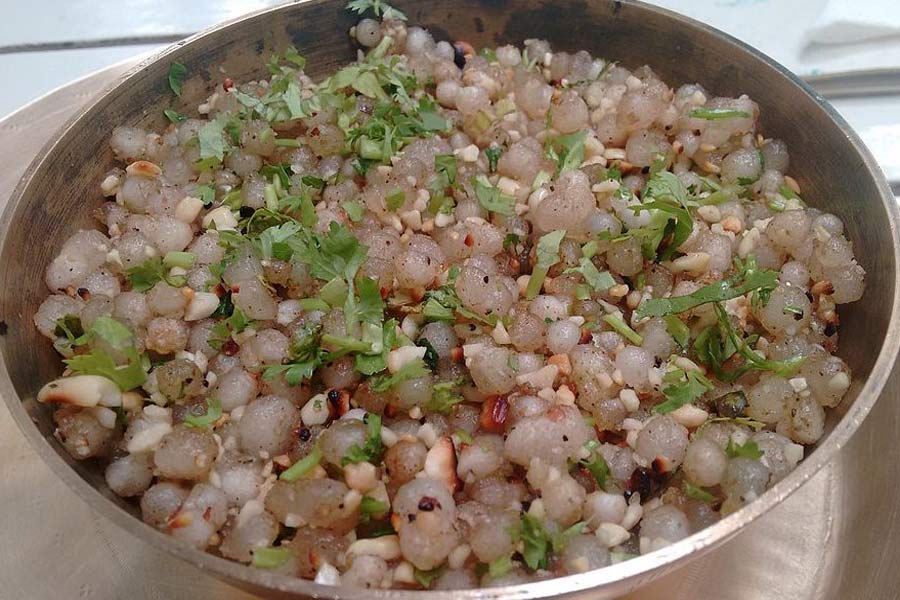
Since during this period rice or wheat was not eaten, she would soak two cupfuls of sago overnight and drain the water in the morning. Then, in a large wok, she fried mustard seeds, added a fistful of roasted peanuts, three finely-chopped boiled potatoes and a few chopped green chillies. Stirring them in the wok, for a few minutes, she then added salt, coriander powder. Finally she sprinkled some finely chopped coriander leaves on the fluffy sabudana. Turning off the heat, she then covered the wok with a lid and kept a weight on it for a few minutes, allowing the sabudana to steep in all the ingredients. Then she removed the lid and sprinkled a few teaspoons of lemon juice on the preparation. And the khichdi was ready to eat.
Finally came the delicious milk-based sweets: rosogullas, rasmalai, kalakand and khoya barfi. What a lovely way to fast….and yes, to feast.

